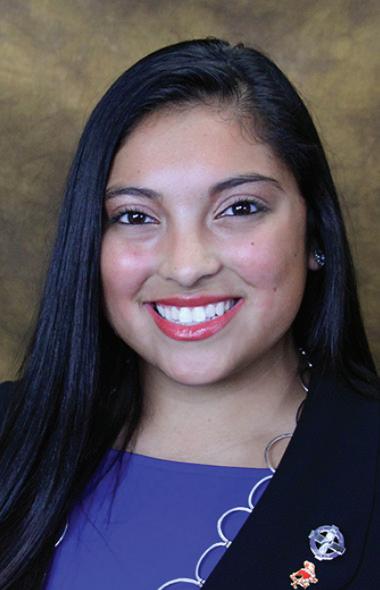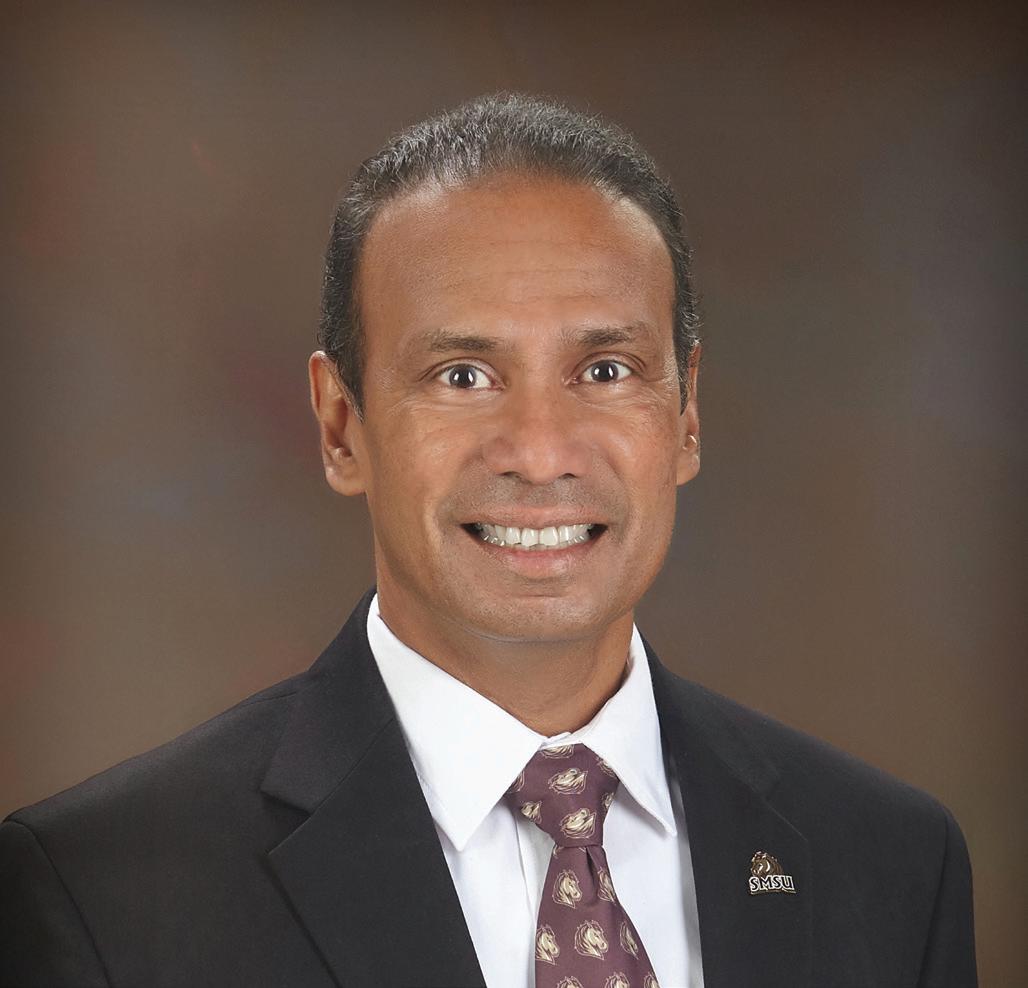
4 minute read
SMSU RN to BSN Students Working Through COVID-19
For students in the RN to BSN program at Southwest Minnesota State University, 2020 is a year they’ll remember the rest of their careers.
The nursing program is in its sixth year, and includes 150 alumni, with 150 students currently enrolled. May 8 was to be the seniors’ pinning ceremony — a solemn, meaningful celebration — followed the next day by Commencement in the R/A Facility.
The COVID-19 pandemic postponed both of those. SMSU, along with other institutions across the country, quickly switched to online course delivery. The adjustment was an easy one for the RN to BSN students, who take the majority of their courses online.
Most nursing students in the program are also non-traditional, working nurses, with jobs and families and, this year, increasing pressures at work sites as they manage a fluid health care landscape due to the coronavirus.
“We did a fantastic job of flattening the curve in this part of the state,” said Laurie Johansen, professor and department chair of the RN to BSN program. “The peak is happening in the Twin Cities. The number of ventilators available in that area is very slim. They will be sending (COVID-19) patients to facilities the size of (Avera) Marshall, an hour or so outside of the Twin Cities area.”
Flattening the curve, Johansen said, may be easier in a rural setting like southwest Minnesota. “I think we have a natural ability to social distance easier. I can go for a four-mile walk and not see a person,” said Johansen, who lives in Tyler.
The first the world heard of COVID-19 was in December, 2019, when it sprang from Wuhan, China. Its spread was meteoric, and changed the lives of all Americans within a five-month period. Nurses in the SMSU program were initially overwhelmed as they kept up with ever-changing health care directives, all the while staying on top of their online course work as part of their RN to BSN program.
That initial all-hands-on-deck approach has changed, at least in the rural areas, said Johansen. “The change we are seeing now is that some of our (rural) alumni and current students are being furloughed, and in the nursing profession, that’s unusual,” she said. “Outpatient surgical units have been closed, clinics are basically just dealing with COVID-19, and people going into facilities has greatly decreased. Some aspects, now, are starting to open up, but it’s a slow change.”
She points to the temporary closure of smaller Avera satellite clinics in Ivanhoe and Lake Benton as an example.
“But in the metro area — and we have a fair amount of students there

— it’s the opposite. They are getting plenty of hours, they have (most of the) COVID-19 patients. They don’t seem to be getting furloughed to the degree we are seeing in rural areas. Out here, it’s a different story.” Sara Swenhaugen is a nurse at Sanford Tracy Medical Center and a student in the RN to BSN program. A mother of four (ages 13, 10, 8, and 5), she was overwhelmed early on when her children were at home, distance learning. “I took nine credits, which I knew would be a lot of work. I had no idea I would be doing it in the middle of a global pandemic. “Nursing is a very unique field. Left: Swenhaugen. Right: Lopez. We are put into situations that would make most people run away at the very least, yet we are here to support every patient and family member that we encounter with care, empathy and encouragement. I am proud to be a nurse. I feel I have been called to be exactly where I am.” Melinda Lopez graduated from the program this year and is a charge nurse at Hillcrest Rehabilitation Center in Mankato. She is a precocious student, having graduated from the Minnesota West RN program on May 17, 2019, and, 16 days later, from Fairmont High School. She has taken a lot of credits, and successfully completed the program in a year. “Working in a rehabilitation enter, nurses in this situation have been fighting a different battle,” she said. “We are working on protecting our resident from the outside world and struggling to make sure everyone is feeling loved and cared for. We feel the fear of bringing something in and are working hard to keep the ‘outside’ away to ensure the safety of our residents. Quite honestly, the front line is really scary at times.”
Rural medicine will likely change as a result of COVID-19, said Johansen. Some of that change is good, she said. Some, not so good.
“I don’t know what the new norm is going to be,” she said. “When will people start going back to health care facilities like they were used to? I don’t know. People are becoming familiar with tele-health now, and it’s changing rural health care. It opens up access to care, which has always been an issue in a rural area, because people in metro areas have many more options. Many people in a rural setting don’t have those options and they may have challenges as far as transportation to those healthcare facilities.
“I do know the nursing profession is resilient and flexible, and that nurses will be some of the change leaders in the future. Because of what we are going through now, there is going to be a new norm in all aspects of our lives, healthcare included.”




